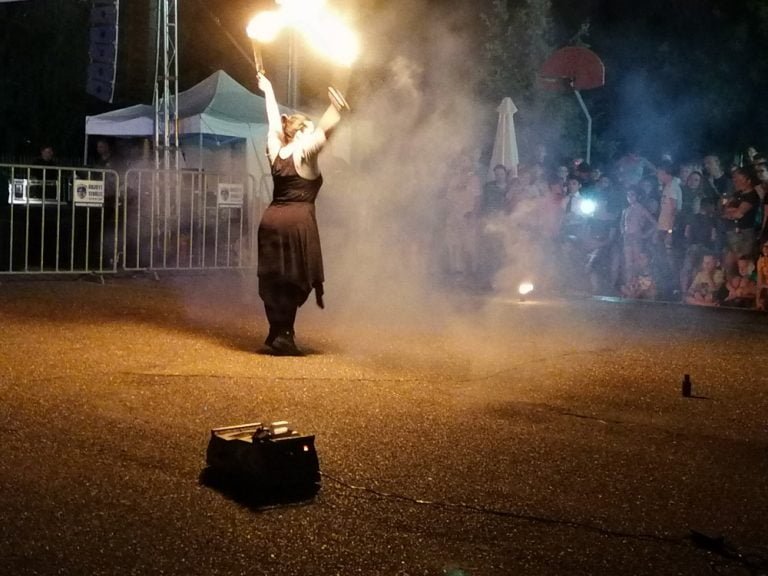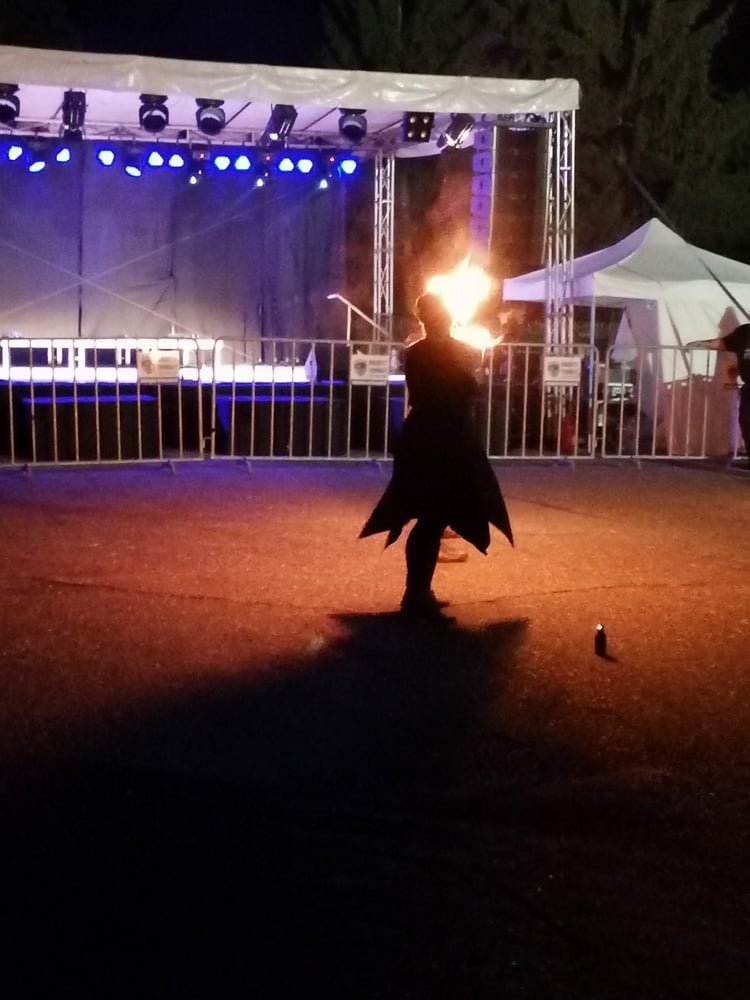ating a Safe Fire Dance Performance Space
Fire dancing is a mesmerizing art form that combines rhythm, movement, and the raw power of flame. But when it comes to integrating fire into live performances, safety becomes the number one priority. Organizing a successful event featuring fire dancers doesn’t just require creative flair—it demands meticulous planning and adherence to fire safety protocols. So how can event planners and local authorities create a secure, visually captivating, and regulation-compliant space for fire performances?
Understanding the Risks and Responsibilities
Fire dancing involves manipulating tools like poi, staffs, fans, and hoops dipped in flammable fuels. Even with trained performers, these elements pose significant hazards if not managed correctly. According to the National Fire Protection Association (NFPA), open flame performances have been responsible for dozens of venue fires over the past two decades.
It’s crucial to assess key risks such as:
- Fuel spill accidents
- Uncontrolled audience proximity
- Wind interference
- Lack of fire suppression resources on-site
Whether hosting a private event, municipal celebration, or theatrical production, organizers share the responsibility for ensuring fire safety for performances.
Site Selection and Environmental Considerations
Indoor vs Outdoor Venues
An outdoor location is generally preferable for fire dancing due to better ventilation and space. If an indoor space must be used, it should meet the following criteria:
- High ceilings with non-flammable materials
- Fire-rated flooring
- Smoke detection systems with adjustable settings
Outdoor venues should be analyzed for wind patterns, foliage proximity, and terrain. A clear radius of at least 15 feet around the performance zone is strongly recommended.
Ground Surface and Barriers
Fire dancers require stable and level ground to perform safely. Grass, sand, or concrete are suitable options, depending on the tools used. Consider placing non-flammable barriers such as metal fencing or rope perimeters to delineate safe zones and keep the audience at a safe distance.
Tip: Use a performance mat made of flame-retardant material to reduce fuel absorption into the ground and add extra stability.
Permits, Regulations, and Insurance
Fire performances are regulated differently depending on location, but most municipalities require:
- Special event permits covering open flame use
- Approval from the local fire marshal
- Proof of liability insurance
Additionally, many jurisdictions mandate the presence of certified on-site fire safety personnel. Early engagement with local authorities streamlines the approval process and ensures you remain compliant.
Fuel Management and Storage Protocols
One of the most overlooked aspects of fire safety for performances is proper fuel handling. When using common fuels such as white gas or lamp oil, follow these best practices:
- Store fuel in clearly labeled, fire code-compliant containers away from performance and audience areas.
- Designate a secure “fueling zone” with drip mats, ventilation, and limited access.
- Pre-soak equipment well before the performance and remove excess fuel to avoid splatter or flare-ups.
Never allow open flames anywhere near fueling stations. Assign a trained handler to manage and supervise fuel use and storage throughout the event.
On-Site Safety Equipment and Personnel
Essential Fire Suppression Tools
Always prepare for emergencies with the right equipment and trained crew. A basic safety setup should include:
- 2–3 ABC-rated fire extinguishers
- Fire blankets and wet towels
- First aid kit with burn treatment supplies
- Buckets filled with sand for quick tool dousing
Brief all staff and performers on the locations and operation of these tools before the show begins.
Designated Fire Safety Personnel
For every performance involving fire dancers, assign one or more trained safety technicians. Their role includes:
- Monitoring the performance zone
- Assisting with fueling and extinguishing
- Managing crowd proximity
- Initiating emergency procedures if necessary
Ensure safety crew members wear visible clothing and carry small fire suppressant tools on themselves.
Performer and Audience Readiness
Performer Briefings and Attire
Even experienced fire dancers benefit from a pre-event safety briefing. Topics should include:
- Fuel type and use protocols
- Performance choreography and cues
- Emergency procedures and exit plans
All performers should wear natural fiber clothing (cotton, wool) and avoid synthetics that melt when exposed to heat. Hair should be tied back and covered if necessary.
Audience Control
Use signage, announcements, and physical barriers to clearly communicate the boundaries to attendees. Maintain a minimum 15-foot distance between the performance area and spectators.
Note: Use crowd control staff to prevent anyone from entering restricted areas during the show.
Emergency Preparedness and Communication
Have a verified emergency plan in place that all staff can reference. Key elements include:
- Emergency exits clearly marked and unobstructed
- Direct line of communication with local medical and fire services
- Incident report forms, radios or intercom systems
Perform a complete walk-through of the space at least 2 hours before the event to test emergency routes and equipment.
Why Safety Creates Spectacle
Creating a secure performance environment doesn’t hinder creativity—it amplifies it. When performers can focus fully on their craft, the audience experiences the full impact of the act. Moreover, a well-regulated setup signals professionalism and earns confidence from collaborators, sponsors, and attendees alike.
Conclusion: Elevating Art Through Responsibility
Fire dancing is a powerful addition to any event—but only when done safely. From selecting the right venue and securing permits, to implementing rigorous fuel procedures and staffing expert fire techs, each step plays a vital role in minimizing risk and maximizing impact.
Are you ready to elevate your next event with a show that’s as safe as it is stunning? Learn more about professional, insured fire dance shows here:
Book a fire-safe performance with Hestia Fire Dance
Quick Summary
- Plan venue layout carefully to create safe distancing and access points.
- Meet all legal requirements including permits and liability insurance.
- Use proper fuel handling equipment and designate secure fuel zones.
- Equip and train staff on fire suppression and emergency protocols.
- Keep audiences informed and protected at all times during the event.




